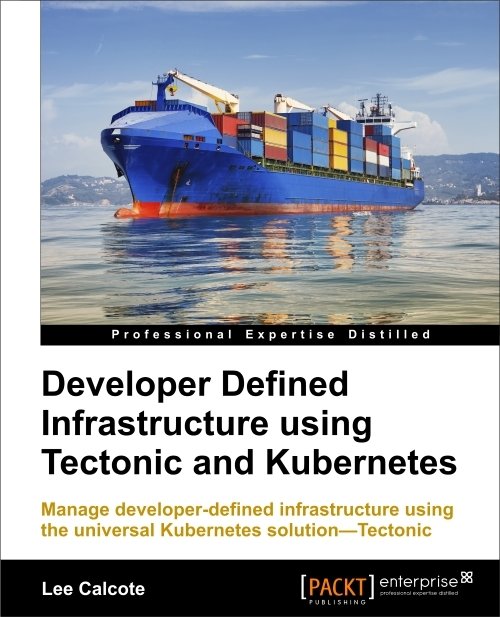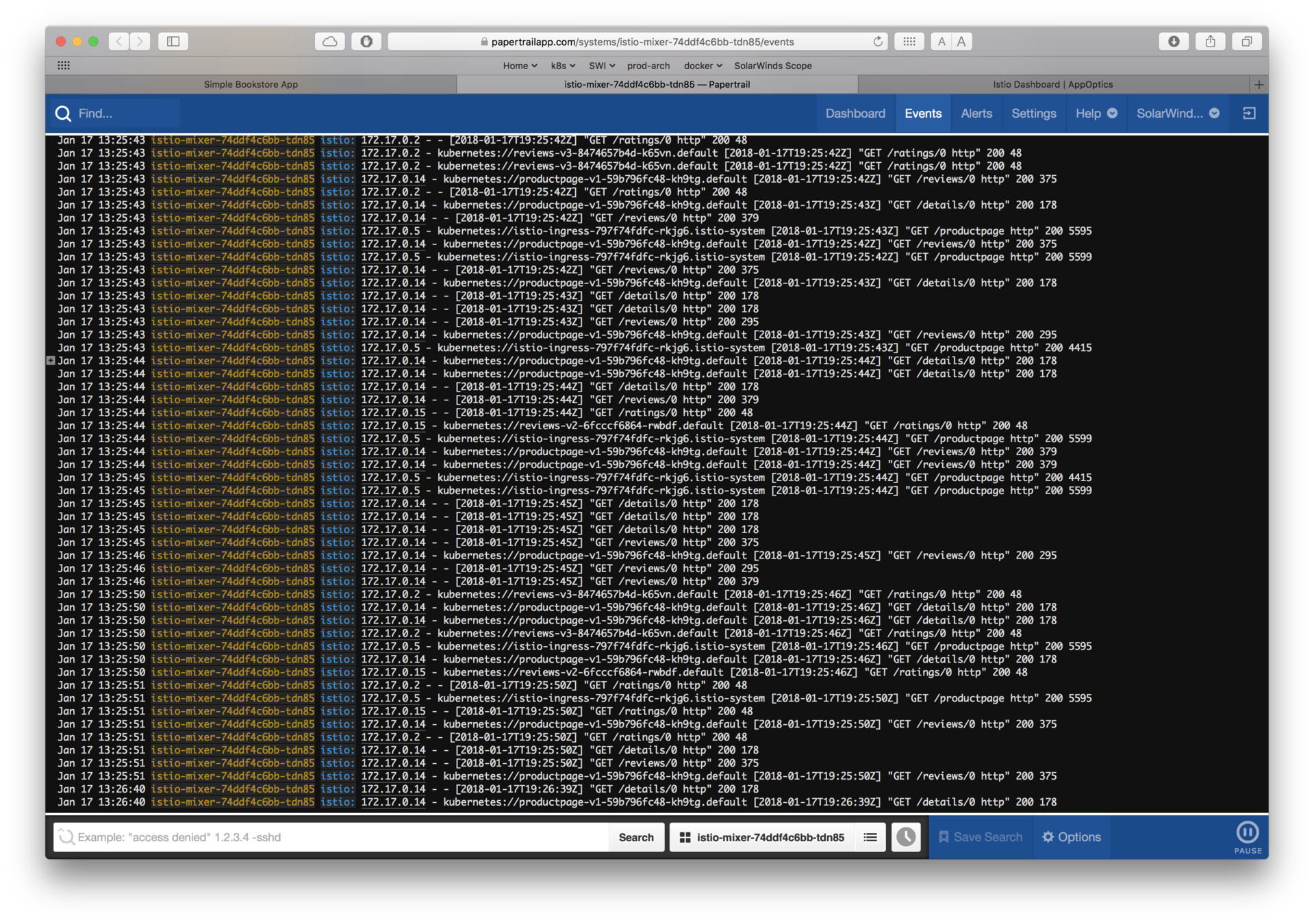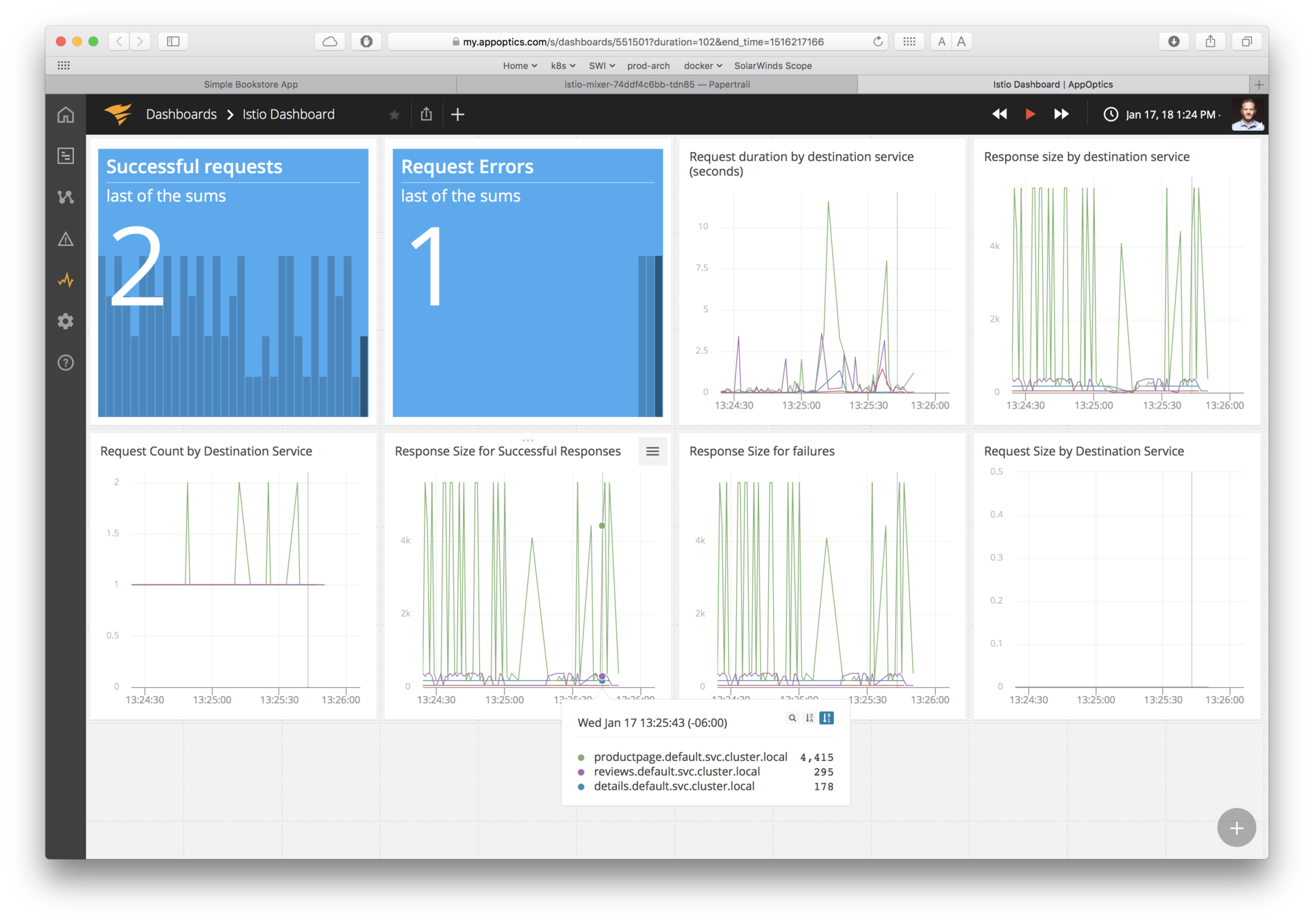The
Enterprise Path to Service Mesh Architectures

Engineering Summit 2020
Lee Calcote
Founder



cloud native and its management
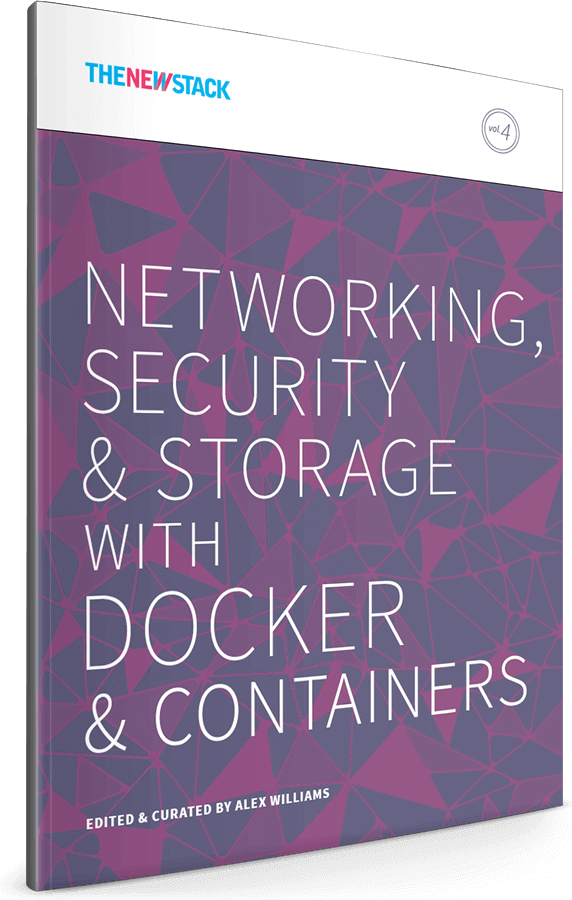

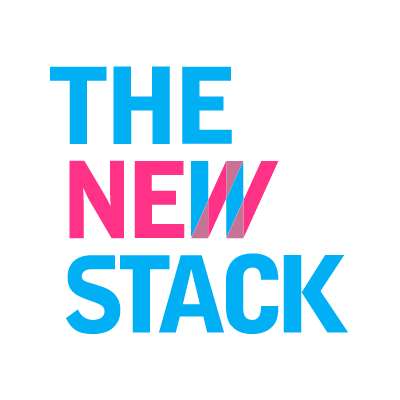







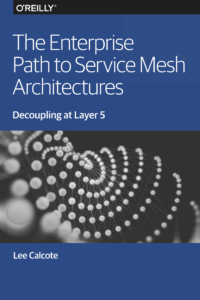

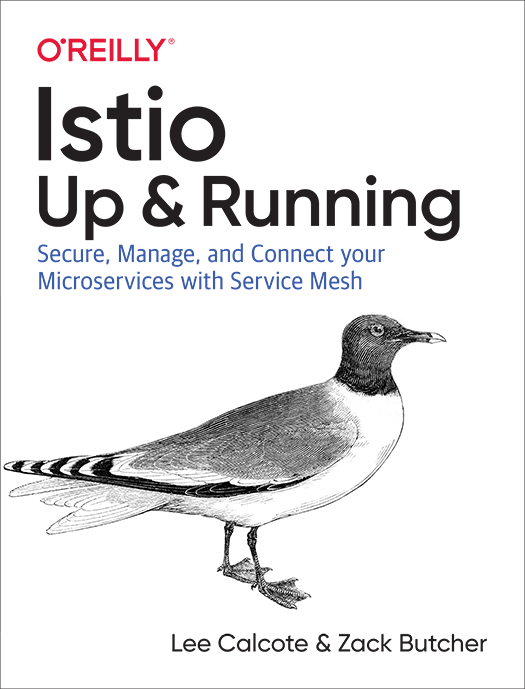
Enabler of Engineers. Enabler of Speed. Enabler of Business.









Research Partners
Technology Partners


Third step in Cloud Native journey
Meshery is interoperable with each abstraction.
Container
Orchestrator
Mesh
5.5 years
(Jun 2014)
4.5 years
(Jul 2015)
3 years
(Apr 2017)

5.5 years ago
(Jun 2014)
7 years ago
(Mar 2013)
4 years ago
(Feb 2016)
v1.0
Announced



Market Opportunity and Adoption
Service meshes are not restricted to the realm of containers, but provide value to legacy, monolithic applications are well.
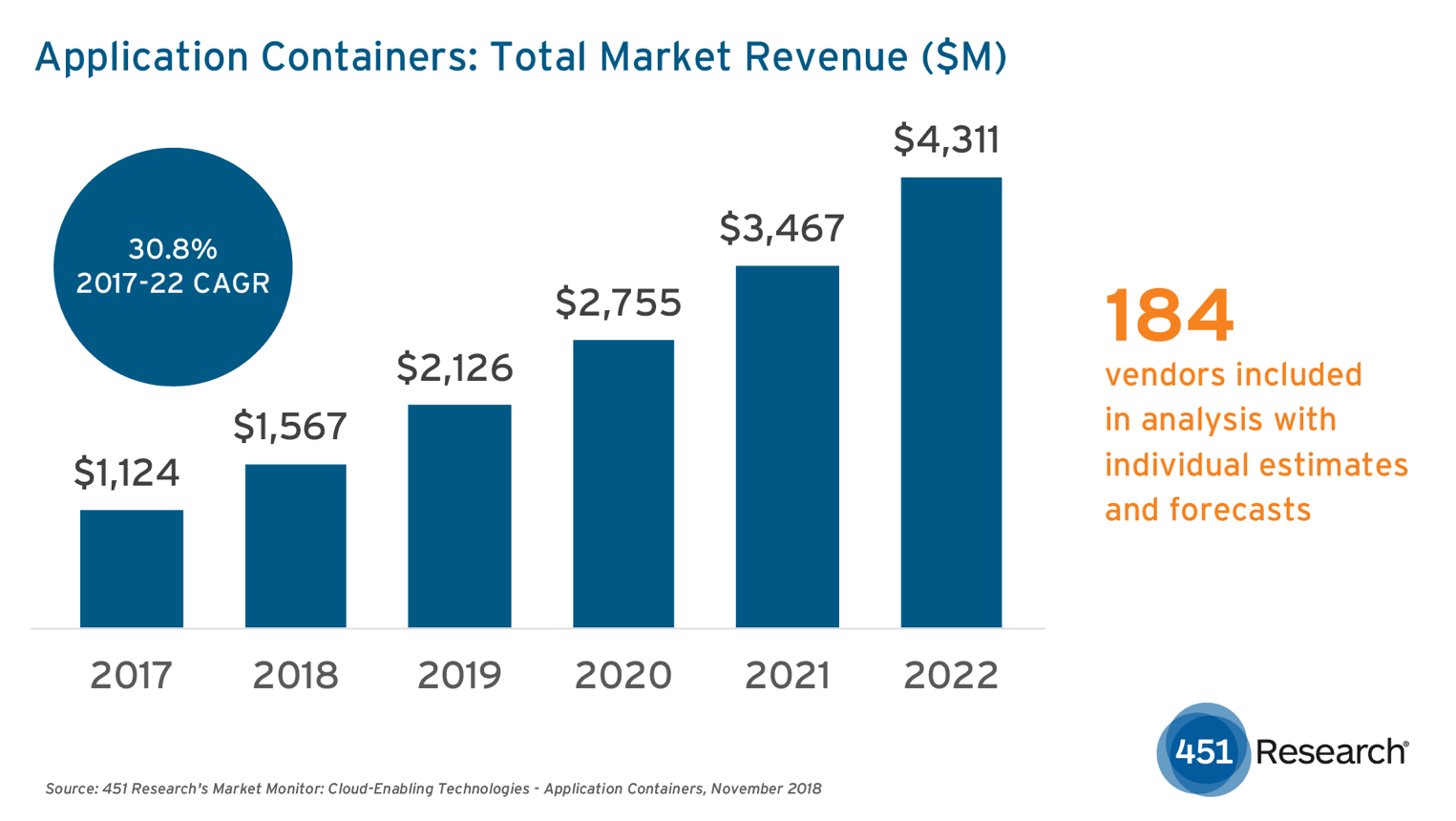
According to the 451 Analyst Group, the container market will approach $5 Billion in the next couple of years.
Surveys like the CNCF survey show that, late last year, over 40% of enterprises are already running cloud-native technologies in production, with over 80% of those enterprises running Kubernetes.
Suffice it to say – this is a massive market that is radically changing how enterprises deploy and operate applications in production.

Developer Velocity
(aka speed)
Development Process
Application Architecture
Deployment and Packaging
Application Infrastructure
Agile
Waterfall
DevOps
N-Tier
Monolithic
Microservices
Cloud
Containers
Physical Servers
Virtual Servers

Data Center
Hosted
Evolution to Cloud Native
λ
Functions
Serverless
Events
SRE
(Unikernels)

bare metal
AND
virtual machines
AND
containers
AND
unikernels
AND
functions
the future is AND not OR
We hold these truths to be self-evident...
Stacking up Service Mesh
analogous to the serverless value prop
Same value proposition as serverless, but for long-lived services (much the world's workloads)
IaaS
CaaS
PaaS
SaaS
Service Mesh
- Short-lived
- Event-driven
- Long-lived
- Process-driven
- Always hot

FaaS
“Linkerd is shifting the developer mind to focus on the business logic and not on some technicality. It just makes it easier and faster to deploy and develop, and you have a safety net.”

Case Studies
Autotrader UK
Autotrader UK adopted Istio and:
- Reduced deployment time by almost 97%, from 10 minutes to 20 seconds.
-
Avoided a six-month engineering effort for a more secure infrastructure.
- 75% more efficient CPU and RAM allocation through greater oversight of applications.
Apester adopted Linkerd and:
- Shortened Mean Time To Repair (MTTR) by a factor of 2
- Processing 20 billion requests per month with no timeouts.
-
No outages for 6 months and counting
Apester

What is a Service Mesh?
a dedicated layer for managing service-to-service communication
So, a microservices platform?
obviously.
partially.
a services-first network

Reviews v1
Reviews Pod
Reviews v2
Reviews v3
Product Pod
Details Container
Details Pod
Ratings Container
Ratings Pod

Product Container
Reviews Service
Ratings Service
Details Service
Product Service

BookInfo Sample App
BookInfo Sample App on Service Mesh
Reviews v1
Reviews Pod
Reviews v2
Reviews v3
Product Pod
Details Container
Details Pod
Ratings Container
Ratings Pod

Product Container
Envoy sidecar
Envoy sidecar
Envoy sidecar
Envoy sidecar
Envoy sidecar
Reviews Service
Enovy sidecar
Envoy ingress







Product Service
Ratings Service
Details Service

Observability
what gets people hooked on service metrics
Goals
-
Metrics without instrumenting apps
-
Consistent metrics across fleet
-
Trace flow of requests across services
-
Portable across metric back-end providers
You get a metric! You get a metric! Everyone gets a metric!
Traffic Control
control over chaos
- Traffic splitting
- L7 tag based routing?
- Traffic steering
- Look at the contents of a request and route it to a specific set of instances.
- Ingress and egress routing
Resilency
- Systematic fault injection
-
Timeouts and Retries with timeout budget
-
Control connection pool size and request load
-
Circuit breakers and Health checks
content-based traffic steering
Missing: application lifecycle management, but not by much
Missing: distributed debugging; provide nascent visibility (topology)
Why use a Service Mesh?
to avoid...
-
Bloated service (application) code
-
Duplicating work to make services production-ready
-
Load balancing, auto scaling, rate limiting, traffic routing...
-
-
Inconsistency across services
-
Retry, tls, failover, deadlines, cancellation, etc., for each language, framework
-
Siloed implementations lead to fragmented, non-uniform policy application and difficult debugging
-
-
Diffusing responsibility of service management
Help with Modernization
-
Can modernize your IT inventory without:
-
Rewriting your applications
-
Adopting microservices, regular services are fine
-
Adopting new frameworks
-
Moving to the cloud
-
address the long-tail of IT services
Get there for free

DEV
OPS
Decoupling at Layer 5
where Dev and Ops meet
Problem: too much infrastructure code in services

Relating to
Service Meshes
Which is why...
I have client-side libraries.
Enforcing consistency is challenging.
Foo Container
Flow Control
Foo Pod
Go Library
A v1
Network Stack
Service Discovery
Circuit Breaking
Application / Business Logic
Bar Container
Flow Control
Bar Pod
Go Library
A v2
Network Stack
Service Discovery
Circuit Breaking
Application / Business Logic
Baz Container
Flow Control
Baz Pod
Java Library
B v1
Network Stack
Service Discovery
Circuit Breaking
Application / Business Logic
Retry Budgets
Rate Limiting
Which is why...
I have a container orchestrator.

Core
Capabilities
-
Cluster Management
-
Host Discovery
-
Host Health Monitoring
-
-
Scheduling
-
Orchestrator Updates and Host Maintenance
-
Service Discovery
-
Networking and Load Balancing
-
Stateful Services
-
Multi-Tenant, Multi-Region
Additional
Key Capabilities
-
Application Health and Performance Monitoring
-
Application Deployments
-
Application Secrets

minimal capabilities required to qualify as a container orchestrator
Service meshes generally rely on these underlying layers.
Which is why...
I have an API gateway.
Microservices API Gateways
-
Ambassador uses Envoy
-
Kong uses Nginx
-
OpenResty uses Nginx
north-south vs. east-west


What do we need?
• Observability
• Logging
• Metrics
• Tracing
• Traffic Control
• Resiliency
• Efficiency
• Security
• Policy
...a Service Mesh

Service Mesh Architectures
Service Mesh Architecture
Data Plane
- Touches every packet/request in the system.
- Responsible for service discovery, health checking, routing, load balancing, authentication, authorization, and observability.
Ingress Gateway
Egress Gateway

the workhorse
Service Mesh Architecture
No control plane? Not a service mesh.
Control Plane
- Provides policy, configuration, and platform integration.
- Takes a set of isolated stateless sidecar proxies and turns them into a service mesh.
- Does not touch any packets/requests in the data path.
Data Plane
- Touches every packet/request in the system.
- Responsible for service discovery, health checking, routing, load balancing, authentication, authorization, and observability.
Ingress Gateway
Egress Gateway

Service Mesh Architecture
Control Plane
Data Plane
- Touches every packet/request in the system.
- Responsible for service discovery, health checking, routing, load balancing, authentication, authorization, and observability.
- Provides policy, configuration, and platform integration.
- Takes a set of isolated stateless sidecar proxies and turns them into a service mesh.
- Does not touch any packets/requests in the data path.
You need a management plane.
Ingress Gateway
Management
Plane
- Provides monitoring, backend system integration, expanded policy and application configuration, federation of services.
Egress Gateway

Pilot
Citadel
Mixer
Control Plane
Data Plane
istio-system namespace
policy check
Foo Pod
Proxy Sidecar
Service Foo
tls certs
discovery & config
Foo Container
Bar Pod
Proxy Sidecar
Service Bar
Bar Container
Out-of-band telemetry propagation
telemetry
reports
Control flow
application traffic
Application traffic
application namespace
telemetry reports
Istio Architecture

Galley
Ingress Gateway
Egress Gateway

Control Plane
Data Plane
octa-system namespace
policy check
Foo Pod
Proxy
Sidecar
Service Foo
discovery & config
Foo Container
Bar Pod
Service Bar
Bar Container
Out-of-band telemetry propagation
telemetry
reports
Control flow
application traffic
Application traffic
application namespace
telemetry reports
Octarine Architecture

Policy
Engine
Security Engine
Visibility
Engine

+
Proxy
Sidecar

+

Control Plane
Data Plane
linkerd-system namespace
Foo Pod
Proxy Sidecar
Service Foo
Foo Container
Bar Pod
Proxy Sidecar
Service Bar
Bar Container
Out-of-band telemetry propagation
telemetry
scarping
Control flow during request processing
application traffic
Application traffic
application namespace
telemetry scraping
Architecture
destination
Prometheus
Grafana
tap
web
CLI
proxy-api
public-api
Linkerd
proxy-injector

Control Plane
Data Plane
Foo Pod
NSM Dataplane
Service Foo
Foo Container
Bar Pod
Proxy Sidecar
Service Bar
Bar Container
Out-of-band telemetry propagation
telemetry
scarping
Control flow during request processing
application traffic
Application traffic
application namespace
telemetry scraping
Architecture
destination
Prometheus
Registry
NSMe
domain
client
proxy-api
public-api
Network
Service
Mesh
proxy-injector

layer5.io/landscape
It's meshy out there.




Adopter’s Dilemma
Which service mesh to use?
What's the catch? Nothing's for free.
Lifecycle Management
WHICH SERVICE MESH SHOULD I USE AND HOW DO I GET STARTED?
Performance Benchmark
WHAT OVERHEAD DOES BEING ON THE SERVICE MESH INCUR?
https://meshery.io

Configuration
Security
Telemetry
Control Plane
Data
Plane
service mesh ns
Foo Pod
Proxy Sidecar
Service Foo
Foo Container
Bar Pod
Proxy Sidecar
Service Bar
Bar Container
Out-of-band telemetry propagation
Control flow
application traffic
http / gRPC
Application traffic
application namespace
Meshery Architecture
Ingress Gateway
Egress Gateway

Management
Plane
meshery
adapter
gRPC
kube-api
kube-system






Service mesh abstractions to the rescue
Meshery is interoperable with each abstraction.
Service Mesh Interface
(SMI)
Multi-Vendor Service Mesh Interoperation (Hamlet)
Service Mesh Performance Specification (SMPS)
A standard interface for service meshes on Kubernetes.
A set of API standards for enabling service mesh federation.
A format for describing and capturing service mesh performance.




layer5.io/meshery
Pod Memory Usage



Application resource consumption


layer5.io/meshery
Pod CPU Usage



Application resource consumption


layer5.io/meshery
Control Plane Memory

Istio
Linkerd
Consul
layer5.io/meshery
Control Plane CPU

Istio
Linkerd
Consul




hello@layer5.io
Service Mesh Deployment Models

Client
Edge Cache
Istio Gateway
(envoy)
Cache Generator
Collection of VMs running APIs
service mesh
Istio VirtualService
Istio VirtualService
Istio ServiceEntry
Situation:
- existing services running on VMs (that have little to no service-to-service traffic).
- nearly all traffic flows from client to the service and back to client.
Benefits:
- gain granular traffic control (e.g path rewrites).
- detailed service monitoring without immediately deploying a thousand sidecars.
Ingress
Out-of-band telemetry propagation
Application traffic
Control flow

Proxy per Node
Service A
Service A
Service A
linkerd
Node (server)
Service A
Service A
Service B
linkerd
Node (server)
Service A
Service A
Service C
linkerd
Node (server)
Advantages:
-
Less (memory) overhead.
-
Simpler distribution of configuration information.
-
primarily physical or virtual server based; good for large monolithic applications.
Disadvantages:
-
Coarse support for encryption of service-to-service communication, instead host-to-host encryption and authentication policies.
-
Blast radius of a proxy failure includes all applications on the node, which is essentially equivalent to losing the node itself.
-
Not a transparent entity, services must be aware of its existence.

layer5.io/books
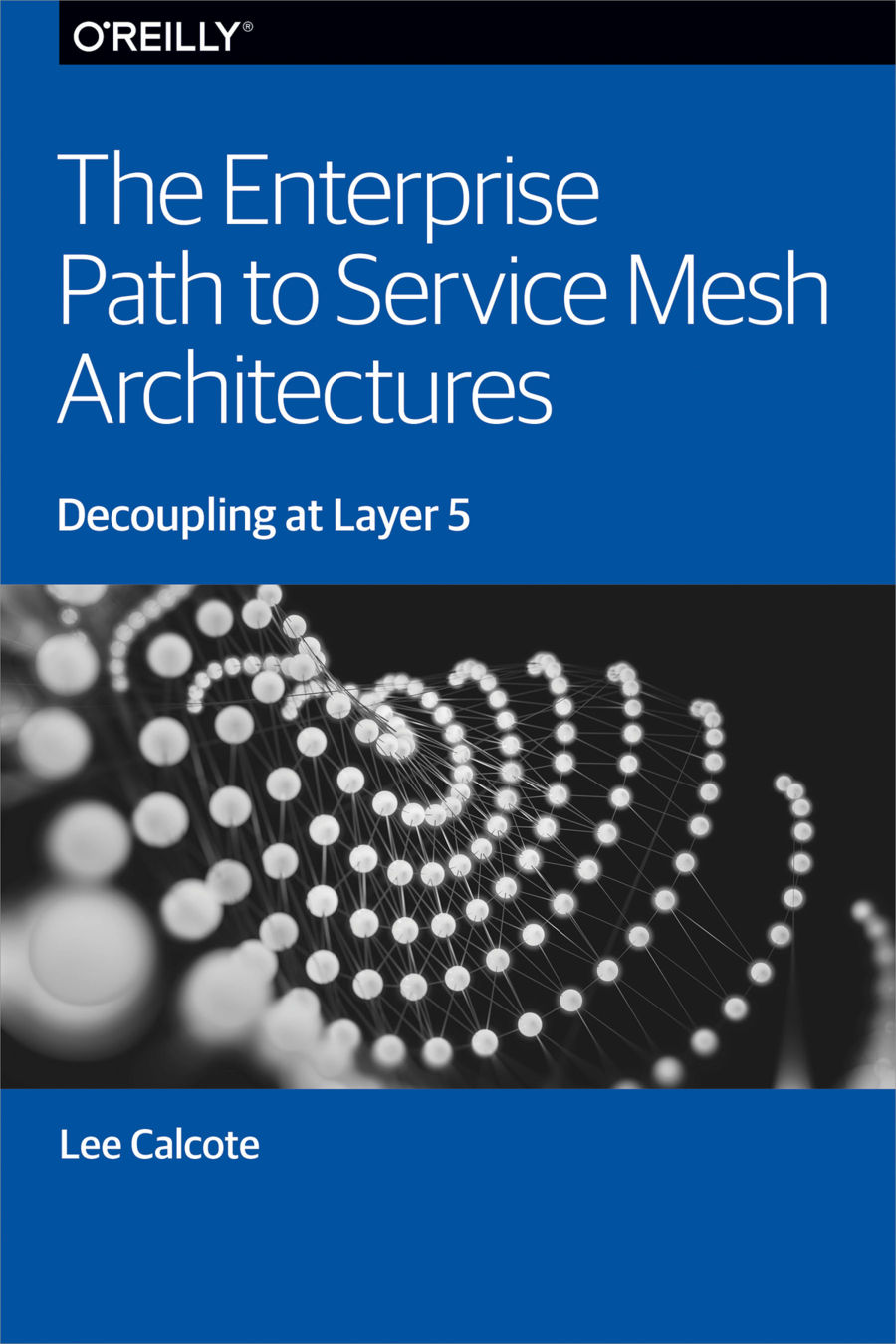
Advantages:
-
Good starting point for building a brand-new microservices architecture or for migrating from a monolith.
Disadvantages:
-
When the number of services increase, it becomes difficult to manage.

Router "Mesh"

Fabric Model
Advantages:
-
Granular encryption of service-to-service communication.
-
Can be gradually added to an existing cluster without central coordination.
Disadvantages:
-
Lack of central coordination. Difficult to scale operationally.

Ingress or Edge Proxy
Advantages:
-
Works with existing services that can be broken down over time.
Disadvantages:
-
Is missing the benefits of service-to-service visibility and control.
Service Mesh Performance Specification (SMPS)
A project and vendor-neutral specification for capturing details of:
-
Environment / Infrastructure
-
Number and size of nodes, orchestrator
-
-
Service mesh and its configuration
-
Service / application details
Bundled with test results.
layer5.io/performance

github.com/layer5io/service-mesh-performance-specification

Development Process
Application Architecture
Deployment and Packaging
Application Infrastructure
Agile
Waterfall
DevOps
N-Tier
Monolithic
Microservices
Cloud
Containers
Physical Servers
Virtual Servers

Data Center
Hosted
Evolution to Cloud Native
λ
Functions
Serverless
Events
SRE
(Unikernels)

Third step in your cloud native journey
Meshery is interoperable with each abstraction.
Container
Orchestrator
Mesh
5.5 years
(June 2014)
4.5 years
(July 2015)
1.5 years
(July 2018)
5.5 years ago
(June 2014)
7 years ago
(March 2013)
2.5 years ago
(May 2017)
v1.0
Announced



Istio
2 years ago
(Dec 2017)
1.5 years ago
(Sept 2018)
Linkerd v2
3 years
(Apr 2017)
4 years ago
(Feb 2016)
Linkerd v1




